Natural Sea Salt: Unveiling What GHQ Feared and Erased From Japan Part 3

Introduction
In the last post of this series, I wrote about the second item on the Shinto offerings and also an integral part of Japanese traditional peacemaking—the sake craft culture. In today’s post, I will continue our rambling journey on the items that have been stripped away by the GHQ programs; next up is Salt. These days, salt has been made to be a culprit for high blood pressure and shunned even in the Western medicine. Is it true that salt is bad for us? Of course not. Well, it depends on what kind of salt it is. I will get to that later in this post. In Shinto traditions in Japan, salt holds a sacred role, symbolizing purification and spiritual cleansing. It’s one of the most fundamental elements in Shinto offerings, representing the natural elements that connect the divine with the earthly. However, as we know, the GHQ didn’t overlook even the smallest symbols of Japanese strength. In this post, we’ll explore why salt was targeted, how it contributed to the vitality of the Japanese people, and the long-lasting impact of its gradual removal from everyday life. Now let’s get rambling!
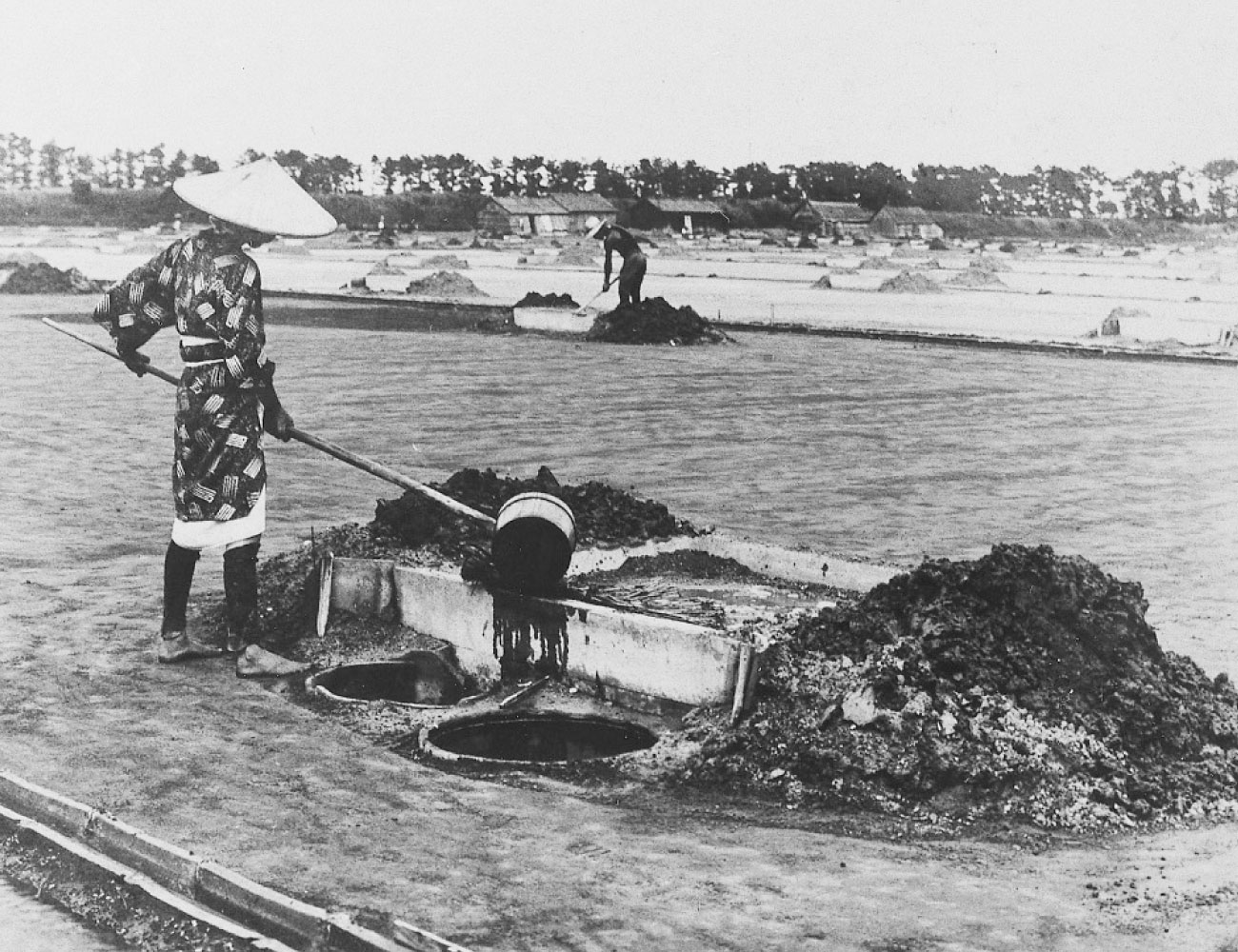
Traditional Salt Production in Japan
Traditionally in Japan, salt was harvested from seawater through natural crystallization using only sun and wind. This natural sea salt (海塩, kaisio) contained a rich spectrum of minerals that were easily assimilated by the body, helping to maintain the health and vigor of the Japanese people. The traditional salt-making operations spanned approximately 5,000 acres across the country, producing mineral-rich salt that had been integral to Japanese dietary traditions for centuries.
GHQ’s Salt Monopoly: Control Mechanism
After World War II, in 1949, the General Headquarters (GHQ) of the Allied occupation established the Salt Monopoly Law and created the Japan Monopoly Corporation. This legislation gave the government—and by extension, the GHQ itself—total control over the production and distribution of dietary salt to the Japanese population.
This control was not arbitrary but strategic. Historically, salt restriction has been recognized as a method for weakening physical stamina and psychological resilience. During the Edo period, salt deprivation was used as a means to extract confessions from criminals. American research in the 1930s documented that eliminating salt from the diet caused subjects to experience cold sweats within 3 days, extreme lethargy by day 5, and by the 8th day, uncontrollable muscular convulsions that forced the termination of the experiment.
Colonial Strategy and Salt Restriction
The psychological effects of salt elimination proved even more profound than the physical ones, making it an effective tool for colonial control. British colonizers had previously employed salt restrictions in India as a method of subjugation. The GHQ, familiar with this colonial strategy, implemented similar controls in post-war Japan.
Under the monopoly, Japanese citizens could only purchase limited quantities of government-approved salt. This marked a significant departure from the traditional salt consumption patterns that had supported Japanese health for generations.
Long-term Impact and Modernization Laws
In 1959, under GHQ influence, traditional salt-making operations throughout Japan were halted and abolished. By 1971, the Salt Industry Modernization Temporary Measures Law came into effect, completely prohibiting the production of natural salt nationwide and permitting only highly refined salt to be produced and distributed throughout the country. The government during this time also published multiple medical studies claiming that consumption of salt is the cause of high blood pressure.
This refined salt contained primarily sodium, stripped of the beneficial trace minerals essential for optimal health, and it makes sense that salt stripped of beneficial micro nutrients and minerals would probably do some damage for the health of Japanese people. This restriction remained in place for 26 years until the law was finally changed in 1997.
Cultural and Health Consequences
This extended period of salt control—unprecedented in world history—had profound implications for Japanese health and cultural vitality. While not directly lethal, the systematic elimination of natural salt from the Japanese diet effectively diminished the traditional vigor and spirit of the population.
The atomic bombings of Hiroshima and Nagasaki stand as the most visible destruction inflicted on Japan during World War II. However, the 26-year control over one of the most fundamental elements of human nutrition represents a different form of subjugation—one that operated silently but affected the entire population for generations.

What Now?
Thankfully, there is one place in Japan where even under the salt regulations, the production of natural sea salt continued: the Okinawan islands. I am grateful that at least some people in Japan kept the spiritual connection through the production and consumption of natural sea salt. Since the salt regulation was abolished in 1997, awareness for natural salt among Japanese people has been changing gradually. There are a lot more small-scale sea salt craftsmen producing natural sea salt with traditional methods and people are learning the difference that they feel when they switch the salt they use. What’s been done in the past cannot be changed, but we can choose differently now that we have learned our lessons.
In this post, we explored the importance of natural sea salt and its benefits, and how it was taken away from Japanese people for nearly 3 decades. Thank you for joining this rambling journey to pick up the lost Japanese cultural fragments! It’s been an enlightening one for me, for sure. The next up is the life-giving water, especially the spring water in Japan. This will be a good one also! Until then, take care friends! 元気でね!
P.S. Please leave a comment below or sign up for my periodic newsletters to keep in touch. I would love to hear from you!

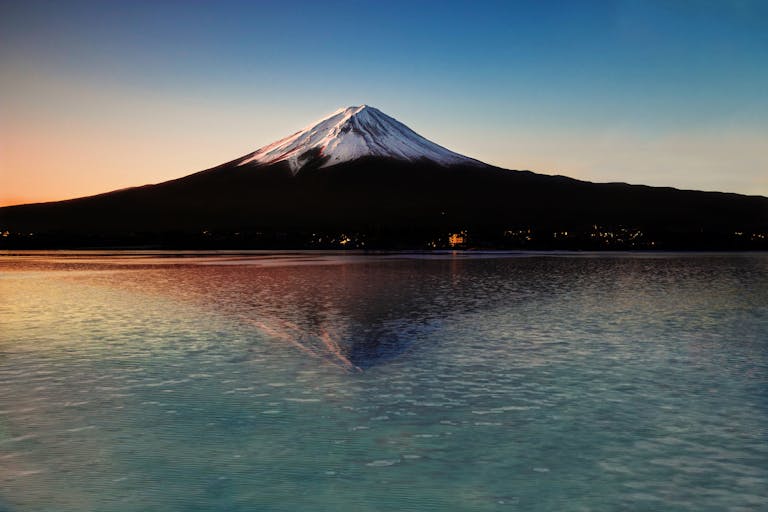
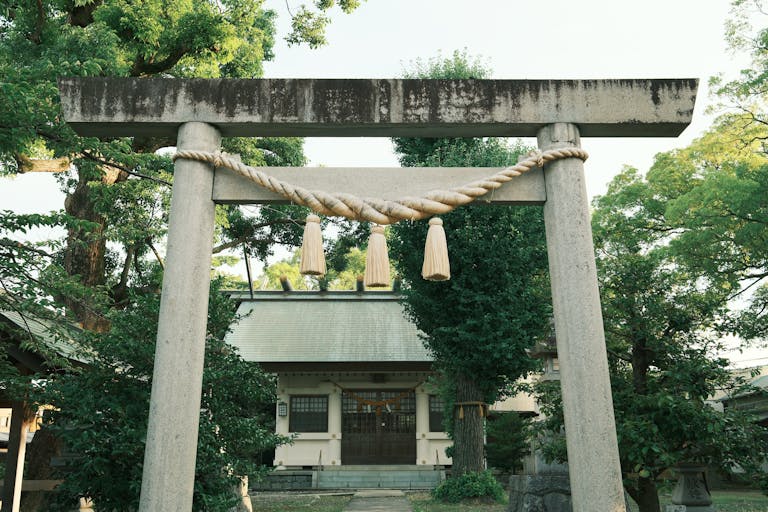
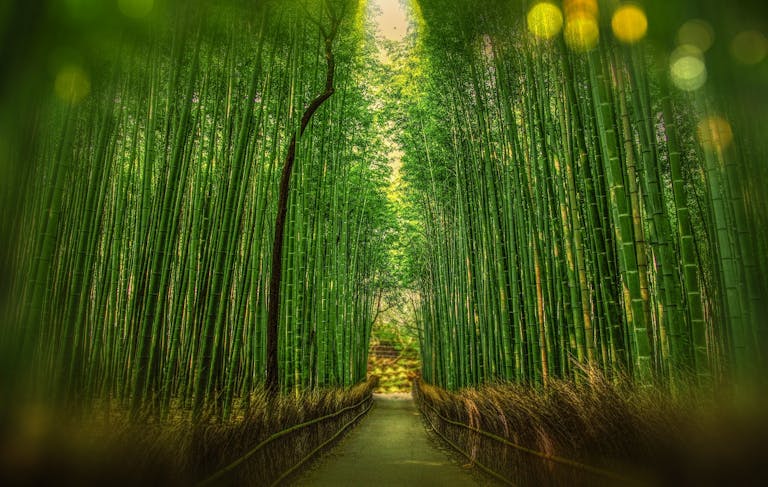
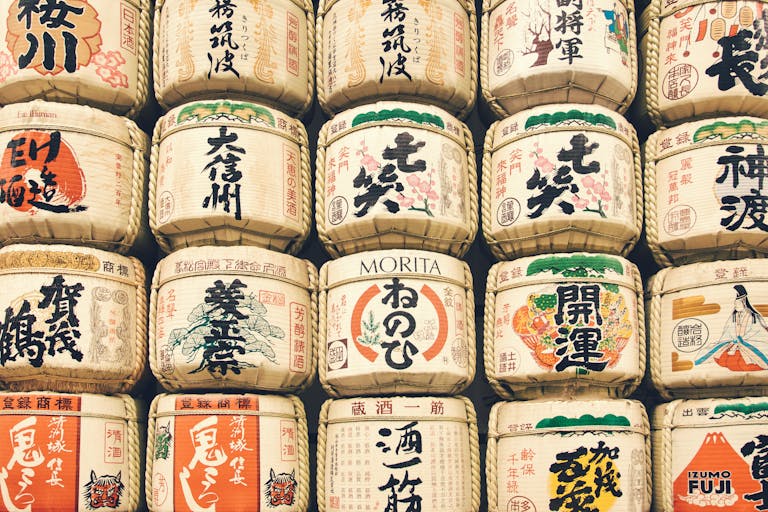
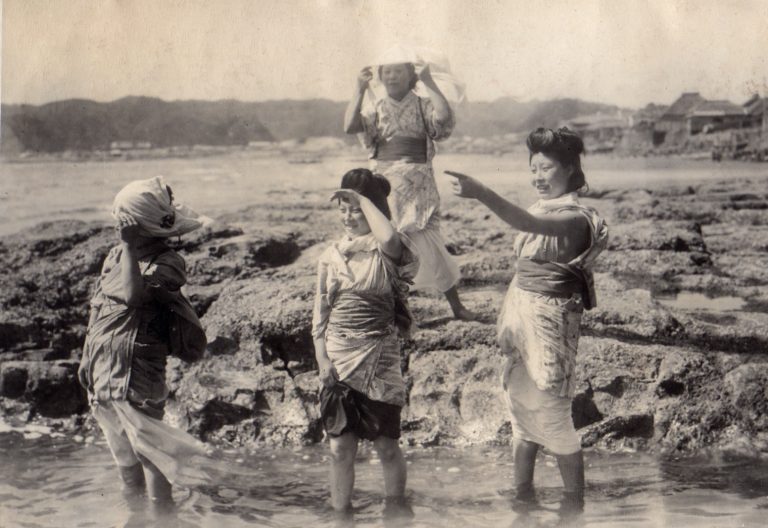
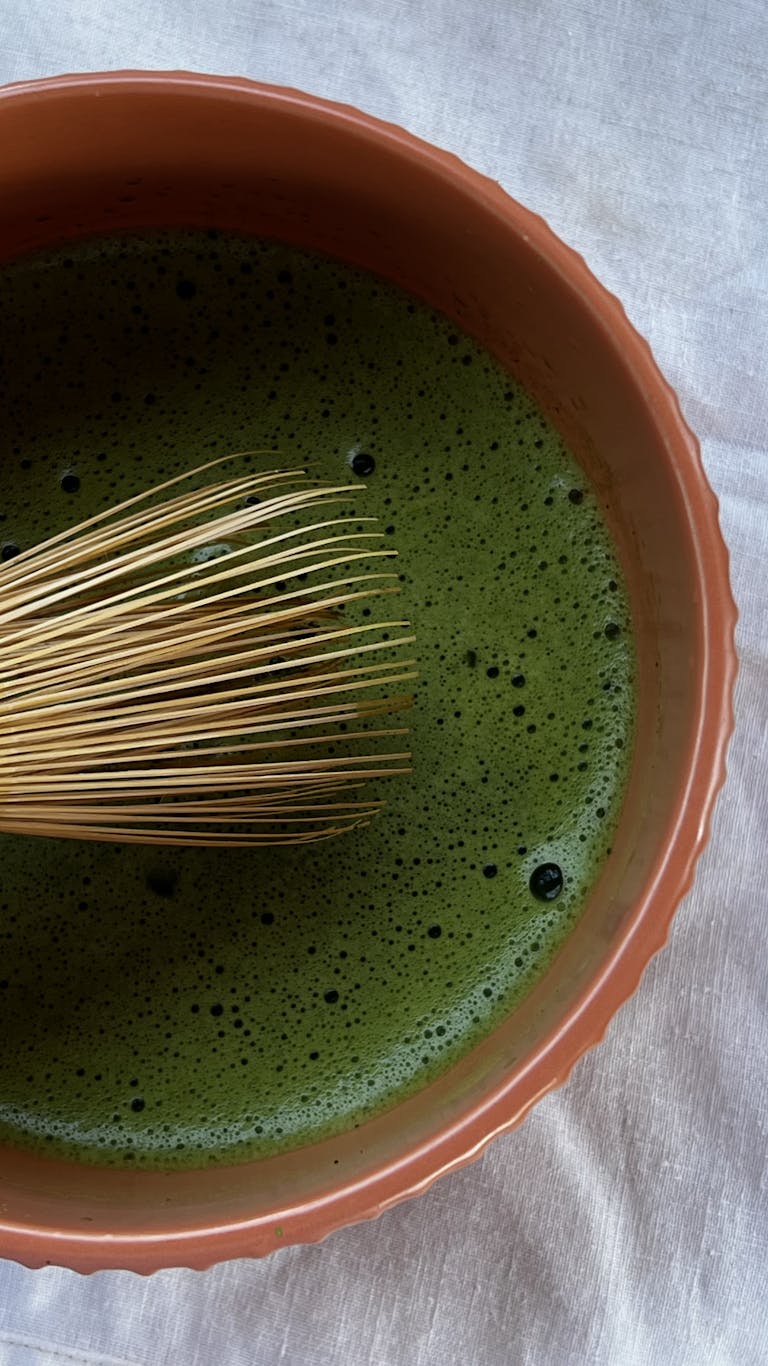
One Comment